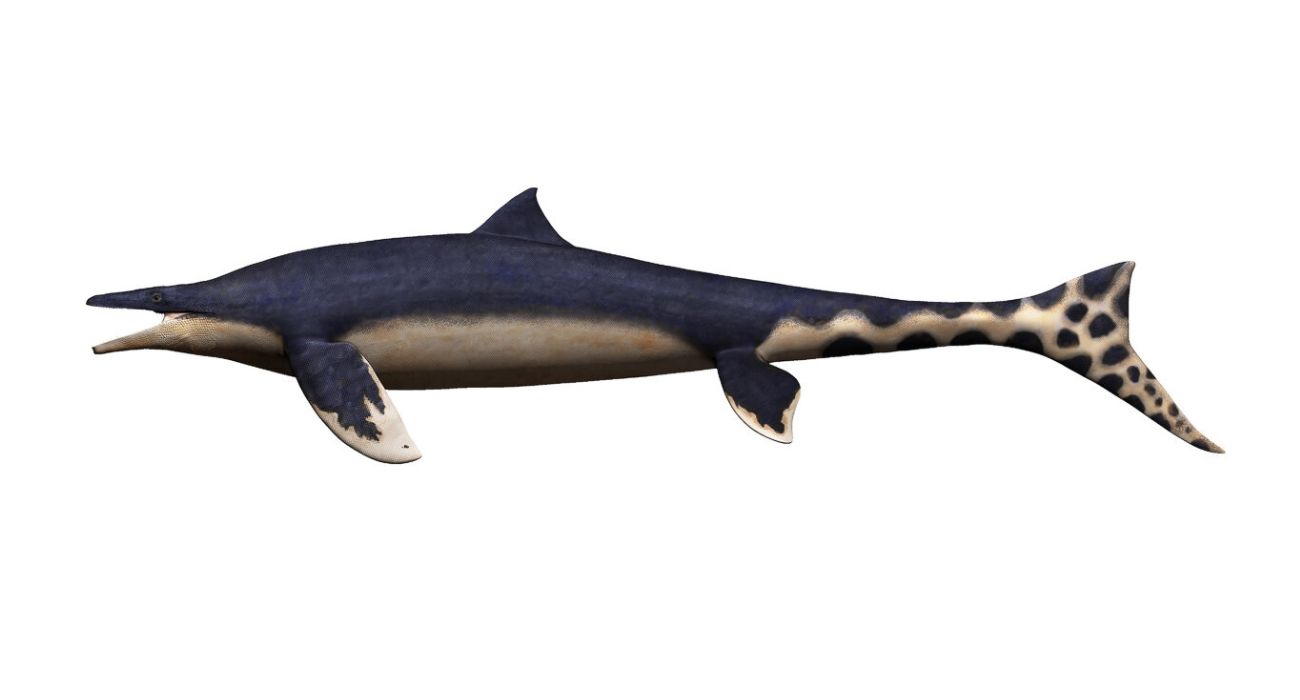Scientists have unearthed the remains of a prehistoric mosasaur, a large marine reptile the size of a great white shark that researchers believe lived in Earth’s oceans 72 million years ago.
In a study published in the Journal of Systematic Palaeontology earlier this month, scientists detailed the discovery of this new mosasaur, which has been named Wakayama Soryu, or “Blue Dragon.” The creature’s remains are the most complete of its kind ever discovered in Japan or the northwestern Pacific region, according to a press release.
Akihiro Misaki, a co-author of the study, discovered the remains of this ancient predator along the Aridagawa River in Wakayama in 2006. The remains of the mosasaur included its skull, front flippers, hind left flipper, and over 40 of its vertebrae.
Unlike other creatures of its type, this mosasaur had a dorsal fin similar to that of present-day sharks. Among the find’s unique features were its back flippers, which were longer than its own head. The differential prompted scientists to give it a new genus and species.
“I thought I knew them quite well by now,” said Takuya Konishi, another author of the study. “Immediately, it was something I had never seen before.”
As such, researchers have assigned this creature to the subfamily Mosasaurinae and given it the scientific name Megapterygius wakayamaensis. Its name was inspired by its long flippers, the region where it was found, and mythological dragons from Japanese culture.
“In China, dragons make thunder and live in the sky. They became aquatic in Japanese mythology,” said Konishi.
Konishi believes that the discovery of the creature’s fossils opens a “can of worms” that undermines previous understandings of the locomotion of mosasaurs.
“We lack any modern analog that has this kind of body morphology — from fish to penguins to sea turtles,” said Konishi. “None has four large flippers they use in conjunction with a tail fin.”






